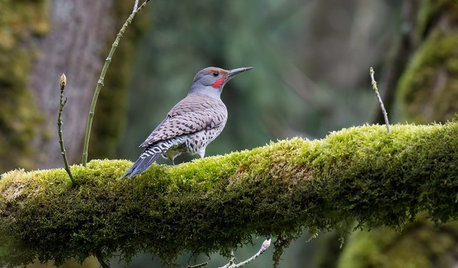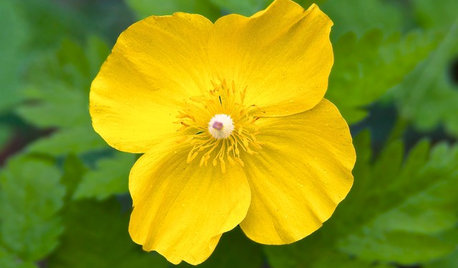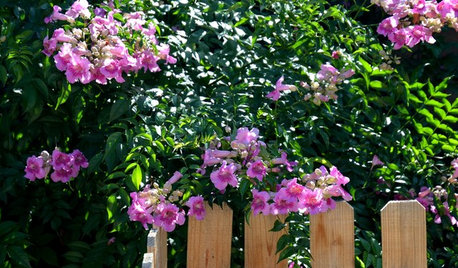Invasion of the Grubs....and Ants!
wwconslt
14 years ago
Related Stories

GARDENING AND LANDSCAPINGBid Bad Garden Bugs Goodbye and Usher In the Good
Give ants their marching orders and send mosquitoes moseying, while creating a garden that draws pollinators and helpful eaters
Full Story
GARDENING GUIDESBackyard Birds: Healthy Home Habitats for Northern Flickers
These colorful woodpeckers found across the U.S. and Canada love berries, seeds and ants and often nest in deep burrows in trees
Full Story
GARDENING GUIDESInvite Cellophane Bees to Your Garden by Providing Patches of Bare Soil
Look for cellophane bees (Colletes) pollinating flowering trees and shrubs in U.S. gardens this spring
Full Story
FARM YOUR YARDHow to Build a Raised Bed for Your Veggies and Plants
Whether you’re farming your parking strip or beautifying your backyard, a planting box you make yourself can come in mighty handy
Full Story
BATHROOM DESIGNHow to Choose Tile for a Steam Shower
In steamy quarters, tile needs to stand up to all that water and vapor in style. Here's how to get it right the first time
Full Story
GARDENING GUIDESGreat Design Plant: Stylophorum Diphyllum
Appalachian native celandine poppy’s flowers and foliage combine to brighten a woodland garden well into summer
Full Story
GARDENING GUIDESGreat Design Plant: Sambucus Nigra
Common elderberry is a highly adaptable shrub from the eastern U.S., with berries galore for wildlife and humans alike
Full Story
EDIBLE GARDENSHow to Grow Your Own Sweet Summer Crops
This guide will help any gardener get started on growing the freshest warm-season veggies and berries for summer
Full Story
PINK FLOWERSGreat Design Plant: Pink Trumpet Vine Heralds Vibrant Color
Announce your landscape beautification efforts with this flowering vine that perks up hot, dry gardens
Full Story
GARDENING GUIDESHow to Switch to an Organic Landscape Plan
Ditch the chemicals for a naturally beautiful lawn and garden, using living fertilizers and other nontoxic treatments
Full Story






dchall_san_antonio
wwconsltOriginal Author
Related Professionals
Ashland Landscape Architects & Landscape Designers · Ashburn Landscape Architects & Landscape Designers · Horsham Landscape Architects & Landscape Designers · Brookfield Landscape Contractors · Clark Landscape Contractors · Hilo Landscape Contractors · Lake Worth Landscape Contractors · Pacifica Landscape Contractors · Pahrump Landscape Contractors · San Rafael Landscape Contractors · Spring Landscape Contractors · Elk Grove Swimming Pool Builders · Stafford Swimming Pool Builders · Sudley Swimming Pool Builders · West Hollywood Swimming Pool Buildersdchall_san_antonio
Lee Webster